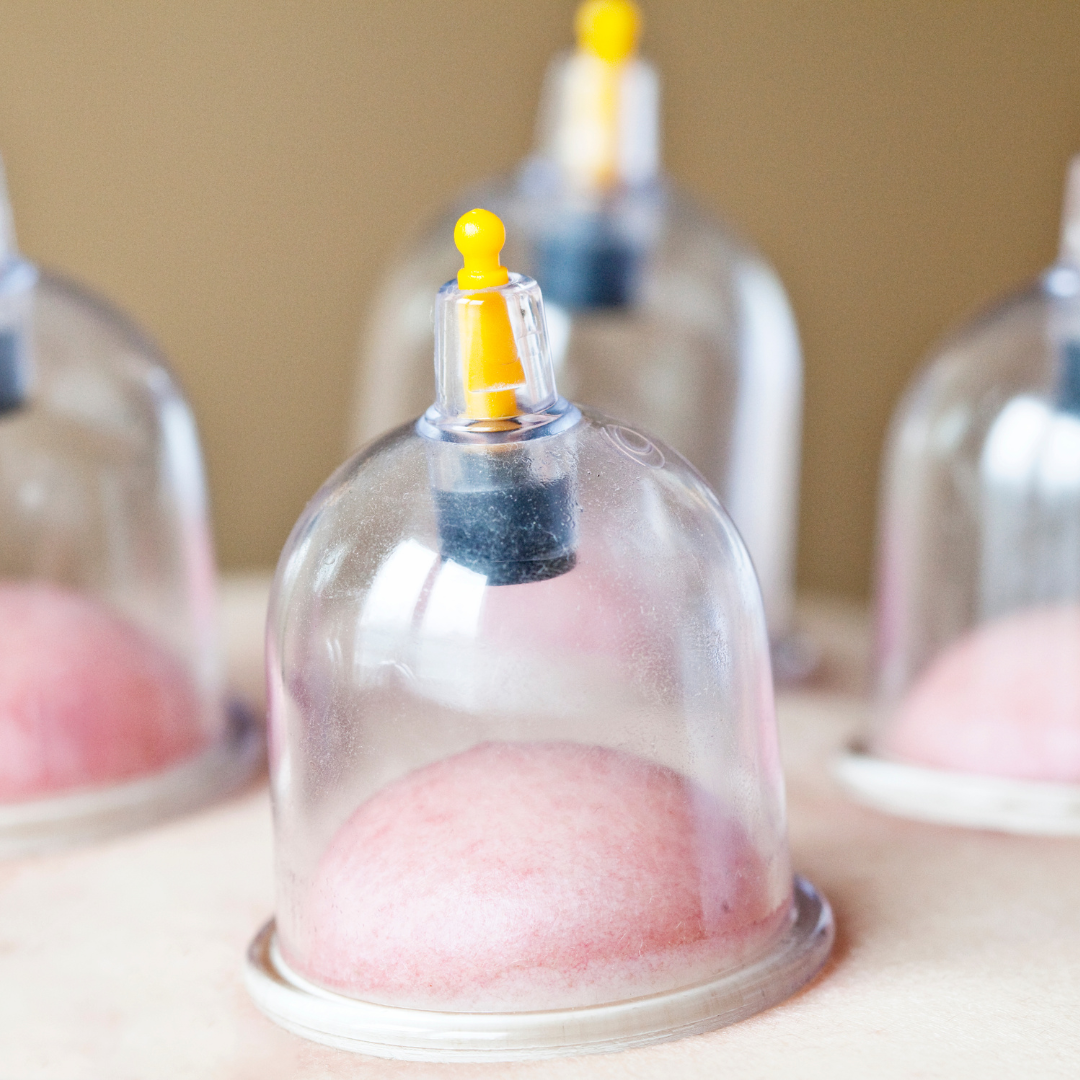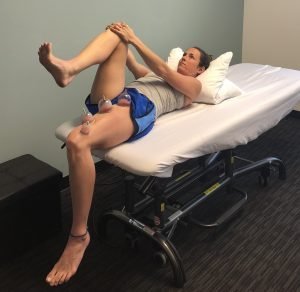Cupping: What Is It and Does It Help?

Cupping is a form of traditional Chinese medicine that has gained traction in modern healthcare in recent years. Most famously, during the 2008 Beijing Olympics, Michael Phelps presented with circular marks resembling 'hickies' near his lats during his race. Subsequently, athletes of various ages and sports have utilized cupping for performance enhancement and rehabilitation purposes. This raises the question: What is cupping, and does it help?
Cupping was potentially introduced over 3,000 years ago and has been practiced in ancient cultures such as China, Egypt, and Greece. The ancient art was supported by different explanations of chi and meridians. In the last few decades, cupping has been incorporated into Western medicine as a modality for pain relief, improved mobility, and even performance enhancement. Rehabilitative professionals, including physical therapists, have adopted a more anatomical, precise, and scientific approach to incorporating cupping into patients' rehabilitation.

Understanding the popular theories behind the potential benefits of cupping in rehabilitation is essential. Two evident effects of cupping are pain modulation and immediate improvements in mobility. However, the question remains: Why does cupping help achieve these effects? Currently, there are three popular theories that have not been ruled out. The previous popular theory of "bringing blood flow to the area" is increasingly becoming obsolete among experts. The three current popular theories are as follows:
- Neuroplasticity: After cupping, the brain undergoes changes in how it perceives pain and muscle fiber lengthening (flexibility). This is not a psychological phenomenon but rather a neurological one. However, these effects are usually temporary.
- Myofascial decompression: This can be thought of as 'reverse massage.' Instead of compression, cupping involves decompression. Fascia, which is the fatty layer between the skin, muscle, tendon, bone, and even organs, can be mobilized or 'untucked,' resulting in improved mobility. Similar to neuroplasticity, these effects are temporary.
- Placebo: The mind is a powerful tool, and the effects of placebo have been scientifically proven time and again.

So, the question arises: "Does cupping work?" As usual, the answer depends on various factors. It can be emphatically stated that cupping almost never addresses the root cause of symptoms. However, cupping can be a valuable tool to complement rehabilitation by reducing pain and temporarily enhancing mobility. It is the responsibility of physical therapists to prioritize the exercise component to produce lasting and sustainable effects for the patient. While cupping may provide temporary relief, it is important to remember that true changes occur through daily activities that challenge the body, forcing it to adapt. This is the essence of physical therapy—changing habits to facilitate changes in the body.
Dr. Cody Benavides
PT, DPT, TPI cert
Co-Owner | The PATH Rehab & Performance
Sign up for our newsletter
Join our community and receive exclusive physical therapy insights, training strategies, and recovery techniques tailored for active people.
